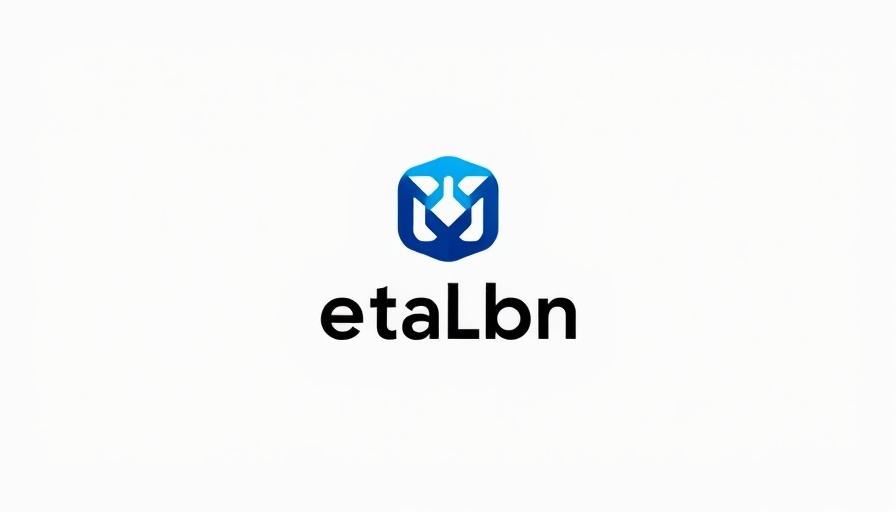
LinkedIn’s Innovative Step Towards Inclusive ID Verification
As the professional networking landscape continues to evolve, LinkedIn has recently announced a significant update to its identity verification process. In an effort to accommodate those who use alternate names online, LinkedIn is now permitting users to add their legal names as a secondary title during the verification process. This move aims to enhance the authenticity of profiles while also ensuring that users who prefer not to disclose their real names can still participate in LinkedIn's voluntary ID verification.
Why the Change Matters
The voluntary ID verification system, which grants a checkmark to verified profiles, has already been embraced by approximately 80 million LinkedIn members. This checkmark serves as a badge of trust, confirming the details of the individual through government-issued identification and approved third parties. However, the reality of online identity can be complex, with many users opting for pseudonyms or alternate names for privacy, personal branding, or cultural reasons. LinkedIn’s new provision acknowledges this diversity and enhances the verification process by allowing individuals to submit their legal name as an additional identifier.
Understanding the Verification Process
When users choose to participate in the verification process, they can input their legal name to be displayed in parentheses next to their LinkedIn name, providing another layer of identification for LinkedIn's matching systems. It’s essential to note that while this legal name will support the verification, it won’t be visible on public profiles, nor will it appear in search results for those not signed into the platform. This feature assures that users can verify their profile without compromising their privacy or brand identity.
The Implications for Business Owners
For business owners, coaches, and consultants looking to enhance their presence on LinkedIn, this update presents a unique opportunity for growth and client acquisition. Verified profiles can attract more connections, opening doors to potential clients who value transparency and credibility. Incorporating a verified status into your personal branding can promote trust and professionalism, critical components for success in any business endeavor.
Potential Challenges and Considerations
While LinkedIn's changes are a step forward for inclusivity, they are not without potential pitfalls. For individuals with complex personal situations, such as those encountering discrimination or safety concerns, disclosing legal names—even for verification—might pose risks. Furthermore, the removal of the legal name and verification status is a significant consideration for users who wish to maintain anonymity. LinkedIn emphasizes the user’s control over this sensitive information, yet users must carefully weigh their options.
Looking Ahead: The Future of LinkedIn Verification
As digital identities continue to intertwine with professional opportunities, LinkedIn's adjustments could pave the way for further legislative discussions around privacy and online identity in other platforms. Companies may need to adopt similar verification practices in their own operations, as the demand for authenticity and trust in digital interactions grows. Business owners should keep an eye on these developments, as they could significantly affect how their brands are perceived online.
Conclusion: Embracing New Opportunities on LinkedIn
Ultimately, LinkedIn's initiative to incorporate secondary names in the ID verification process is an exciting advancement that complements its mission of connecting the world’s professionals. By enabling users to maintain their identities while gaining verification, LinkedIn fosters a more inclusive atmosphere in which everyone can thrive. If you are a business owner, it’s time to reassess your LinkedIn presence. Engage fully with these new features, verify your profile if you haven’t already, and take advantage of this opportunity to build trust within your network. Your professional reputation could depend on it.
 Add Row
Add Row  Add
Add 




Write A Comment